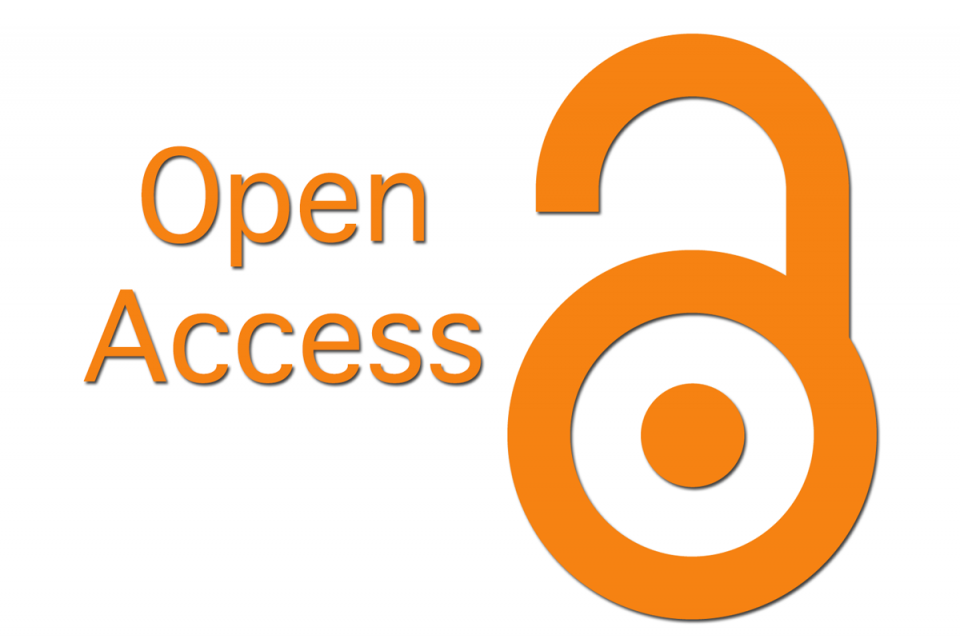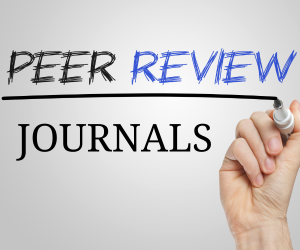A Real-World data of 100 Day outcomes of Multiple Myeloma patients undergoing Autologous Stem Cell Transplant using Non-Cryopreserved Stem Cells
DOI:
https://doi.org/10.48047/HM.11.1.2025.65-72Abstract
Background: The preferred treatment for newly diagnosed multiple myeloma (NDMM) patients is proteasome inhibitor-based induction followed by autologous stem cell transplant (ASCT) consolidation. Historically cryopreserved stem cells were used for ASCT in multiple myeloma (MM), however post coronavirus pandemic, non-cryopreserved stem cells are used increasingly.
Aim: To evaluate the 100 days outcome of ASCT using non-cryopreserved stem cells in MM patients.
Methods: This research included seventy patients who underwent ASCT using non-cryopreserved stem cells for MM between January 2009 and September 2023 at the department of clinical haematology and bone marrow transplant, National University of Medial Sciences, Rawalpindi Pakistan.
Results: At the time of transplant, the median age of the patients was 49.97(± 9.79) years. The ratio of male to female was 3:1. The most frequently reported symptom was backache in 49(70%) patients while anaemia was the most common laboratory abnormality in 51(73%) patients. For most of the patients (70%) Cyclophosphamide combined with granulocyte colony stimulating factor (GCSF) was used for stem cell mobilization. At the time of ASCT, 29 (43%) patients were in stringent complete remission, 37 (55%) patients were in complete remission,1(2%) was in less than partial remission. The conditioning regimen used most commonly in 60 (85%) patients was Melphalan 200 mg/m2 while Melphalan 140 mg/m2 was used in 10 (15 %) patients. The median days for engraftment of neutrophils and platelets were 11(IQR 10.75-12) and 16 (IQR 15-18 respectively. The median duration of hospitalisation after transplant was 14 days (IQR: 13 to 16). Febrile neutropenia was documented in 54 (77%) patients, gut toxicity in 52 (74%) were most frequent complications. There was no graft failure and overall and disease-free survival was 100% at day 100.
Conclusion: Non-cryopreserved stem cells offer a cheaper, convenient and effective alternative for the cryopreserved stem cells. Non-cryopreserved stem cells were associated with rapid neutrophil and platelet engraftment and should be preferred stem cell source in resource limited centres.
Downloads
References
Małecki, B., L. Gil, and D.J.A.H.P. Dytfeld, Role of transplantation in treatment of multiple myeloma in era of novel agents. 2021. 52(2): p. 77-84.
Du, J., J.J.C.D. Zhuang, and T. Medicine, Major advances in the treatment of multiple myeloma in American Society of Hematology annual meeting 2020. 2021. 7(04): p. 220-226. https://mednexus.org/doi/full/10.1016/j.cdtm.2021.08.003
Charliński, G. and A.J.B.P.T.O.N. Jurczyszyn, Multiple myeloma–2020 update on diagnosis and management. 2020. 5(5): p. 241-251.
Abdrabou, A.K., et al., Outcomes of autologous stem cell transplantation for multiple myeloma in Saudi Arabia. 2021. 41(4): p. 198-205. https://www.annsaudimed.net/doi/full/10.5144/0256-4947.2021.198
Rajkumar, S.V.J.A.j.o.h., Multiple myeloma: 2020 update on diagnosis, risk‐stratification and management. 2020. 95(5): p. 548-567. https://onlinelibrary.wiley.com/doi/full/10.1002/ajh.25117
Padala, S.A., et al., Epidemiology, staging, and management of multiple myeloma. 2021. 9(1): p. 3. https://www.mdpi.com/2076-3271/9/1/3
Al-Anazi, K.A., Z. Alshaibani, and P. Kalogianidis, An Update on Hematopoietic Stem Cell Transplantation in Patients with Multiple Myeloma, in Recent Updates on Multiple Myeloma. 2023, IntechOpen. https://www.intechopen.com/chapters/85327
Naithani, R., et al., Hematopoietic stem cell transplantation using non-cryopreserved peripheral blood stem cells graft is effective in multiple myeloma and lymphoma. 2018. 53(9): p. 1198-1200. https://www.nature.com/articles/s41409-018-0174-9
Bekadja, M.A., Non-cryopreserved Peripheral Stem Cell Autograft for Multiple Myeloma and Lymphoma in Countries with Low Resources, in Handbook of Stem Cell Therapy. 2022, Springer. p. 1421-1443. https://link.springer.com/referenceworkentry/10.1007/978-981-19-2655-6_52
Jennane, S., et al., Non-cryopreserved peripheral blood stem cells autologous transplantation in multiple myeloma: Bicentric study. 2020. 27(3): p. 152-156. https://www.sciencedirect.com/science/article/abs/pii/S1246782020300537
Piriyakhuntorn, P., et al., Outcomes of non-cryopreserved versus cryopreserved peripheral blood stem cells for autologous stem cell transplantation in multiple myeloma. Annals of Transplantation, 2020. 25: p. e927084-1. https://www.ncbi.nlm.nih.gov/pmc/articles/PMC7737409/
Pessoa, J.M., et al., Cryopreserved versus non-cryopreserved stem cell autografts in multiple myeloma a restrospective cohort study. 2022. 57(8): p. 1313-1318. https://www.nature.com/articles/s41409-022-01718-2
Uysal, A., et al., The effect of cryopreserved and noncryopreserved stem cells on the outcome of autologous stem-cell transplantation in multiple myeloma patients: A single-center experience. 2022. 47(3): p. 181-186. https://journals.lww.com/egjh/fulltext/2022/47030/the_effect_of_cryopreserved_and_noncryopreserved.4.aspx
Joseph, J., et al., Fresh versus cryopreserved peripheral stem cell for autologous transplantation in multiple myeloma: An analysis of short-term outcomes. Blood, 2020. 136: p. 9-10. https://www.sciencedirect.com/science/article/pii/S0006497118733181
Castellanos, L., et al., 241.5: Cryopreserved vs Non-cryopreserved Graft Before Autologous Stem Cell Transplantation in Patients With Multiple Myeloma. A Comparative Study. Transplantation, 2022. 106(9S): p. S127. https://journals.lww.com/transplantjournal/fulltext/2022/09001/241_5__Cryopreserved_vs_Non_cryopreserved_Graft.190.aspx
Al Saleh, A.S., et al., Differences in engraftment with day-1 compared with day-2 melphalan prior to stem cell infusion in myeloma patients receiving autologous stem cell transplant. 2020. 55(11): p. 2132-2137. https://www.nature.com/articles/s41409-020-0916-3
Kumar, L., et al., Multiple myeloma: impact of time to transplant on the outcome. 2022. 22(9): p. e826-e835. https://www.sciencedirect.com/science/article/abs/pii/S2152265022001355
Kumar, L., et al., Multiple Myeloma—Effect of Induction Therapy on Transplant Outcomes. 2021. 21(2): p. 80-90. e5. https://www.sciencedirect.com/science/article/abs/pii/S2152265020305085
Turunen, A., et al., CD34+ cell mobilization, blood graft composition, and posttransplant recovery in myeloma patients compared to non‐Hodgkinʼs lymphoma patients: results of the prospective multicenter GOA study. 2020. 60(7): p. 1519-1528. https://onlinelibrary.wiley.com/doi/full/10.1111/trf.15820
Lemieux, C., et al., Outcomes after delayed and second autologous stem cell transplant in patients with relapsed multiple myeloma. 2021. 56(11): p. 2664-2671. https://www.nature.com/articles/s41409-021-01371-1
Zheng-Lin, B., et al., Duration of Post-Autologous Hematopoietic Cell Transplant Anemia and Thrombocytopenia Are Associated with Prolonged Hospital Length-of-Stay for Multiple Myeloma Patients. 2020. 136: p. 5-6. https://www.sciencedirect.com/science/article/pii/S0006497118724245
Marini, J., et al., Effectiveness, safety, and cost implications of outpatient autologous hematopoietic stem cell transplant for multiple myeloma. Hematology/Oncology and Stem Cell Therapy, 2023. 16(4): p. 351-357. https://journals.lww.com/hosct/fulltext/2023/16040/effectiveness,_safety,_and_cost_implications_of.9.aspx
Voloshin, S., et al., The Comparison of Results of Autologous Transplantation Using Non-Cryopreserved and Cryopreserved Hematopoietic Stem Cells (HSC). Blood, 2020. 136: p. 5-6. https://www.sciencedirect.com/science/article/pii/S0006497118733144
Sarmiento, M., et al., Advantages of non-cryopreserved autologous hematopoietic stem cell transplantation against a cryopreserved strategy. Bone Marrow Transplantation, 2018. 53(8): p. 960-966. https://www.nature.com/articles/s41409-018-0117-5
Yadav, N., et al., Second stem cell transplantation for treatment of relapsed/refractory multiple myeloma after first autologous stem cell transplant: A 15-year retrospective institutional analysis. Indian Journal of Cancer, 2023. 60(3): p. 316-324. https://journals.lww.com/indianjcancer/_layouts/15/oaks.journals/downloadpdf.aspx?an=02223310-202360030-00005
Downloads
Published
Issue
Section
License

This work is licensed under a Creative Commons Attribution 4.0 International License.
You are free to:
- Share — copy and redistribute the material in any medium or format for any purpose, even commercially.
- Adapt — remix, transform, and build upon the material for any purpose, even commercially.
- The licensor cannot revoke these freedoms as long as you follow the license terms.
Under the following terms:
- Attribution — You must give appropriate credit , provide a link to the license, and indicate if changes were made . You may do so in any reasonable manner, but not in any way that suggests the licensor endorses you or your use.
- No additional restrictions — You may not apply legal terms or technological measures that legally restrict others from doing anything the license permits.
Notices:
You do not have to comply with the license for elements of the material in the public domain or where your use is permitted by an applicable exception or limitation .
No warranties are given. The license may not give you all of the permissions necessary for your intended use. For example, other rights such as publicity, privacy, or moral rights may limit how you use the material.







